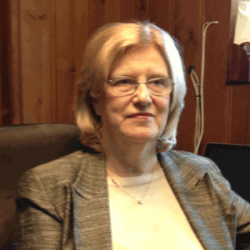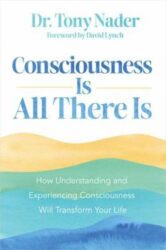Feeling Alone?

“Even the best approximation of proximity can’t contain the infinite, insurmountable distance between people.”
— Clare Sestanovich, The New Yorker, August 2023
A few years ago, prior to the pandemic, 36 percent of those responding to a U.S. Gallup poll reported that they were struggling with “serious loneliness.” This year, more than 60 percent of adults in the U.S. report feeling lonely.
Got the separation blues?
Loneliness can be an experience of disconnection and isolation felt far deeper than just an unfulfilled expectation of social interactions. It has been shown to be harmful to health and can even significantly increase the risk of premature death. Though statistically more dominant in those between 18 and 22 years of age, in seniors, it can trigger depression and dementia.
Whatever statistics you may find on people who know the desolation side of being totally alone, it’s a deeply disagreeable experience. And worse—though you can surround yourself with family, friends, associates, and pets, or a whole stadium full of sports fans, in “the best approximation of proximity”—being separate from everyone else is ultimately the reality of human life.
Everyone is alone
Naturally, among women, those who live alone are likely to feel more isolated. Women who have recently experienced the loss of a loved one or the disillusioning end of a relationship can sink into despair and a sense of isolation because they have been distracted for a while from the reality of individual isolation by their proximity to someone. One woman described the end of a romance as being “shot out from a warm embrace into cold deep space.”
Existentialist philosophers perceive each human as being essentially alone. With the intimacy of our birth mother and then other parental figures and siblings, this can be assuaged. But, in reality, we are born, grow up, and pass away alone. Some of us bear this in an easier way than others, finding that solitude doesn’t necessarily translate into loneliness.
Loneliness is now considered a “public health concern.” I’d say that “concern” is, at the same time, both a misunderstanding and an understatement. If we look at the reality of alone-ness, we can take the point of view that it is more than just a concern: it is a universal affliction that some have yet to encounter. At the same time, a painful experience of isolation is a strong motivation to seek a connection that is both complete and enduring. But where, in this temporal sphere of life, could we find that?
Intimacy with the inner Self–the Self of everything
The answer lies in the existence of an infinite field of life that transcends this temporal sphere of experience. Science explains that there is a unified field at the foundation of creation from which all diverse matter and all laws of nature manifest. Every individual aspect of the universe, from the tiniest to the largest, is derived from that source, and all things are connected–or unified–in it. All people are connected in it: the transcendental field of reality of everyone is the same in everyone. This eternal field of infinite potential is the source of our thought as well as the source of everything else in nature.
Accessing that unified field within us and within everything is just a matter of where we put our attention. Maharishi said, “Life is bliss. It is unbounded, deep within; and it is full of boundaries outside. So, we advise the people to turn the attention within, experience that unbounded wholeness of life, and bring the mind out fully saturated with that—start to live unboundedness in the field of boundaries.”
Transcendental Meditation
The TM technique is effortless and natural. We find in nature that less effort and activity are inherent within more. For example, walking is easier than running, and standing is easier than walking. In the same way, we find if we can perceive a thought, then we can perceive subtler, quieter levels of that thought and continue within to simpler more restful levels of thought until we transcend the thinking process altogether and rest in the source of thought. That is the experience when practicing the Transcendental Meditation technique.
In that deep silence, we are connected to all that exists. With repeated experience of that transcendental field, it becomes a feature of our everyday life. We become unshakeable in our connection to all there is. In spiritual terms, we’re alluding to achieving enlightenment—that unity of life that transcends the multiplicity of creation.
This is the ultimate connection and the only permanent unshakeable cure for the separation blues.
“Who sees all beings in his own self and his own self in all beings, loses all fear.”
Isa Upanishad
Get Connected. Learn How to Transcend.
About the Author
Janet Hoffman is the executive director of TM for Women Professionals, a division of TM for Women in the USA





